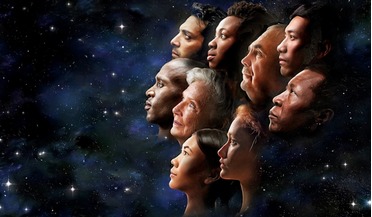 October 2020
Extending human rights across the final frontier
October 2020
Extending human rights across the final frontier
... historical artefacts and sites for future generations. Astronauts aboard the Space Station captured a photograph of the Aurora Australis in April along with a train of 16 of SpaceX’s Starlink satellites – a handful of the almost-12,000 they expect...
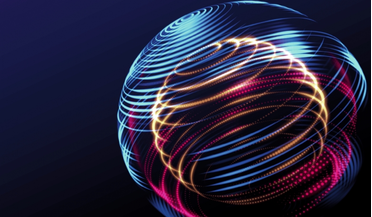 May 2022
The Space Industry in 2022
May 2022
The Space Industry in 2022
... launched is expected to increase to 50,000+ in the next 10 years, up more than fivefold, from the last 60 years. Aurora Propulsion Technologies, a Finnish start-up and The Flying Object fund’s portfolio company, is a good example of next-generation...
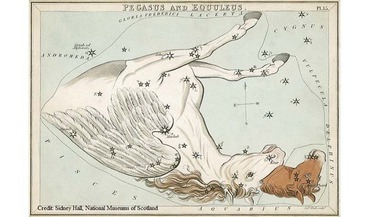 26 June 2015
From WASP-142b to supernovae: Tom Wagg’s planet and other discoveries by teenagers
26 June 2015
From WASP-142b to supernovae: Tom Wagg’s planet and other discoveries by teenagers
... in the UGC 12682 galaxy (it can be found in the Pegasus constellation). And in 2010, Nova Scotia-based Kathryn Aurora Gray became the youngest person to discover a supernova at just 10 years old. These recent discoveries testify to the...
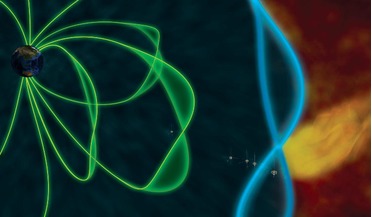 13 February 2019
Magnetopause makes Earth one enormous drum
13 February 2019
Magnetopause makes Earth one enormous drum
... the inner magnetosphere triggering ultra-low frequency waves, which affect things like radiation belts, the aurora, and even the ionosphere, said Archer. Though it goes without saying that we have a lot on this planet...
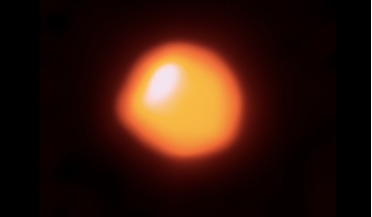 30 December 2019
Will Betelgeuse go supernova soon? Probably not say some astronomers
30 December 2019
Will Betelgeuse go supernova soon? Probably not say some astronomers
... with only the most sensitive scientific instruments. There would be no nearby nebula to swoon over or ghostly-looking aurora filling our skies. In short, the inhabitants of the planet 100,000 years from now would not...
 25 November 2020
Solar astronomers "listening" to the Sun can now predict future sunspots
25 November 2020
Solar astronomers "listening" to the Sun can now predict future sunspots
... particles hit Earth's magnetic field, it can dump the ions into our upper atmosphere and cause Auroras. The same charged particles can also impact communications, GPS and electrical grid systems by producing electrical...